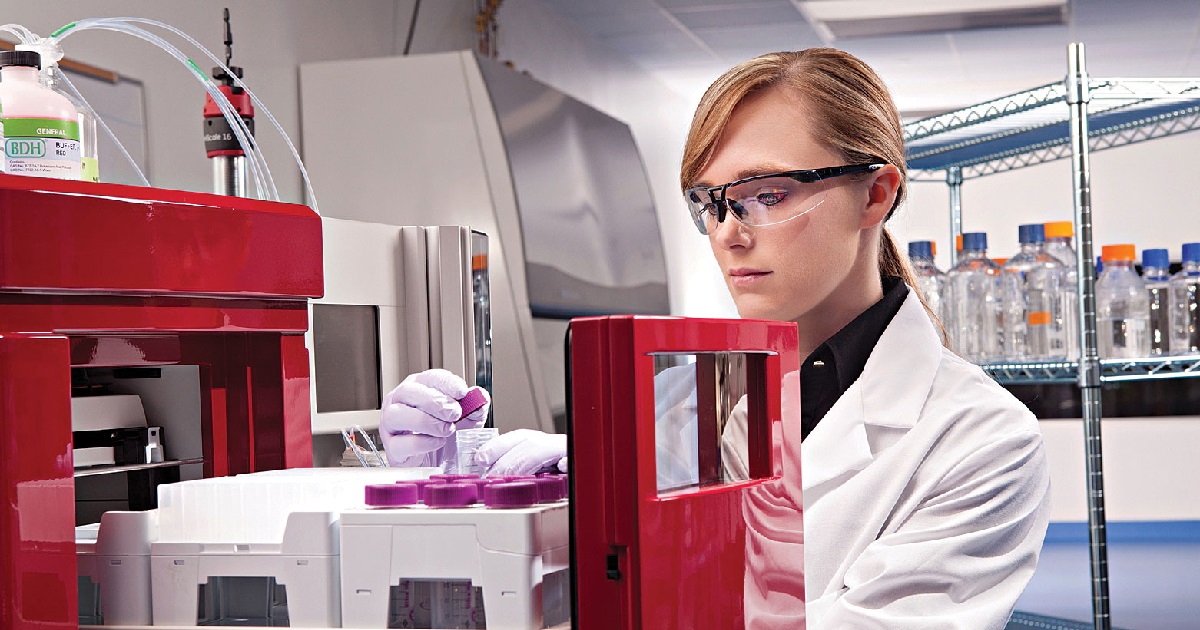
MedTech
Article | July 12, 2022
The robust global channel of more than, 800 gene and cell curatives presently in trials will produce clinical readouts in 2022, revealing what lies ahead for advanced curatives. The impact will be felt in 2022, no matter how you slice it. Eventually, how well industry and non-supervisory bodies unite to produce new frameworks for advanced therapies will shape the year 2022 and further.
Pacific Northwest talent will continue to contribute to the advancement of gene and cell curatives in both the short and long term, thanks to its deep pool of ground-breaking scientific developers, entrepreneurial directorial leadership, largely skilled translational scientists, and endured bio manufacturing technicians.
We may see continued on-life science fund withdrawal from biotech in 2021, but this can be anticipated as a strong comeback in 2022 by biotech industry, backed by deep-pocketed life science investors who are committed to this sector. A similar investment, combined with pharma's cash-heavy coffers, can result in increased junction and acquisition activity, which will be a challenge for some but an occasion for others.
Over the last five years, investment interest in Seattle and the Pacific Northwest has grown exponentially, from Vancouver, British Columbia, to Oregon. The region's explosive portfolio of new biotech companies, innovated out of academic centres, demonstrates the region's growing recognition of scientific invention. This created a belief that continued, especially because Seattle's start-ups and biotech enterprises are delivering on their pledge of clinical and patient impact.
Talent and staffing will continue to be difficult to find. It's a CEO's market, but many of these funds' return, and are not rising in proportion to the exorbitant prices they're paying to enter deals. This schism has become particularly pronounced in 2021. Hence, everyone in biotech is concerned about reclamation and retention.
Read More

Medical
Article | July 14, 2022
Introduction
The medical and life-science industries are experiencing a robust transformation with the increasing prevalence of various types of diseases, including infectious diseases, chronic disorders, and acute conditions around the world. As a result, a significant rise in demand for more effective therapeutic drugs and bionics is being witnessed, leading to a swift increase in the number of clinical trials.
For a successful trial, it is important for biotech companies to ensure the data submitted to regulatory bodies regarding clinical trials is accurate, reliable, and definitive from an ethical point of view. A reliable clinical trial management system plays a vital role in collecting, monitoring, and managing clinical data. The availability of high-quality clinical data also helps clinical research institutions make efficient treatment decisions and provide proper patient care.
Hence, a number of biotech companies and research organizations are focusing on leveraging innovative clinical trial management solutions to handle a large amount of data, particularly in multi-center trials, and generate reliable, high-quality, and statistically sound data from clinical trials. However, selecting the most appropriate and reliable clinical trial management system is vital for the clinical trial's success. Let's see some of the steps that will assist these firms in choosing the right CTMS.
Key Steps for Selecting Right Biotech Clinical Trial Management System
Prioritize Study Needs
Considering and prioritizing study needs is a crucial step in choosing the most reliable clinical trial management system for biotech companies. Prioritizing helps them to identify a solution that improves the study's quality and removes uncertainty for researchers when faced with difficult choices.
Hence, biotech and life-science organizations should choose a clinical trial system that is simple to use, well-organized, and suitably designed to minimize the number of clicks required to complete a task.
Select CTMS with Multiple Integrations
Integrated clinical trial management systems provide the best value for the companies’ funds as they guarantee the smooth functioning of research protocols. In addition, integrations are necessary to fully understand the importance and advantages of clinical trial management software for ensuring smooth transitions between site management and data collection.
Biotech and clinical research should look for CTMS platforms that can integrate with electronic medical record (EMR) platforms and clinical research process content (CRPC) billing grids. This will allow them to use the same billing designations and ensure compliance while minimizing the need for duplicate processes.
Ensure System Compliance and Security
Clinical research organizations need to adhere to a plethora of complex regulations in order to ensure compliance with one of the most challenging environments of principles, which is information security and privacy. Security and system compliance are vital aspects of choosing the right CTMS solutions for biotech firms as they assist in building trust and form a part of the system’s duties.
While selecting CTMS systems, it is essential for companies engaged in clinical research to ensure that these platforms are able to configure both, group and individual permissions, along with having a data backup and recovery plan for hosted systems. This will allow companies to assess the privacy and security implications of research and anticipate complications that may arise in each phase of the project.
Assess the Scalability
Choosing a scalable CTMS that can accommodate various types of fluctuations and expansions enables biotech and clinical firms to quickly adapt to fast-changing trends and demand spikes while reducing maintenance costs and enhancing user agility.
As scalability also means secure and expanded data storage, these businesses should instead use SaaS solutions than manually manage an ever-growing collection of hard drives. The right CTMS ensures accommodating the firm’s availability requirements without incurring the capital costs associated with expanding a physical infrastructure.
The Closing Thought
A well-executed and successful clinical trial involves multiple stages and processes. Several quality controls and stringent adherence to regulations are essential for the steps, along with efficient cross-departmental processes and procedures. Incorporating the right CTMS paves the way for paperless data collection, regulatory filing, and fiscal management tools for biotech researchers and administrative personnel.
Read More

Research
Article | July 11, 2022
In the downstream portion of any bioprocess, one must pick through the dross before one can seize the gold the biotherapeutic that the bioprocess was always meant to generate. Unfortunately, the dross is both voluminous and various. And the biotherapeutic gold, unlike real gold, is corruptible. That is, it can suffer structural damage and activity loss. When discarding the dross and collecting the gold, bioprocessors must be efficient and gentle. They must, to the extent possible, eliminate contaminants and organic debris while ensuring that biotherapeutics avoid aggregation-inducing stresses and retain their integrity during purification and recovery. Anything less compromises purity and reduces yield.
To purify and recover biotherapeutics efficiently and gently, bioprocessors must avail themselves of the most appropriate tools and techniques. Here, we talk with several experts about which tools and techniques can help bioprocessors overcome persistent challenges. Some of these experts also touch on new approaches that can help bioprocessors address emerging challenges.
Read More

Research
Article | July 11, 2022
The global biotechnology market is expected to grow at a compound annual growth rate (CAGR) of 13.9 percent from 2022 to 2030, with a value estimated at USD 1,023.92 billion in 2021. The market is being propelled by strong government support in the form of initiatives aimed at modernizing the regulatory framework, improving approval processes and reimbursement policies, and standardizing clinical studies. The growing presence of personalized medicine and an increasing number of orphan drug formulations are opening up new avenues for biotechnology applications and driving the influx of emerging and innovative biotechnology companies, which is driving market revenue even further.
The 2022 Biotech Research and Development Market Research Report is one of the most comprehensive and in-depth assessments of the industry in the United States, containing over 100 data sets spanning the years 2013 to 2026.
This Kentley Insights report contains historical and forecasted market size, product lines, profitability, financial ratios, BCG matrix, state statistics, operating expense details, organizational breakdown, consolidation analysis, employee productivity, price inflation, pay bands for the top 20 industry jobs, trend analysis and forecasts on companies, locations, employees, payroll, and much more.
Companies in the Biotech Research and Development industry are primarily engaged in biotechnology research and experimental development. Biotechnology research and development entails the investigation of the use of microorganisms and cellular and bimolecular processes to create or modify living or non-living materials. This biotechnology research and development may result in the development of new biotechnology processes or prototypes of new or genetically altered products that can be replicated, used, or implemented by various industries.
This report was created using the findings of extensive business surveys and econometrics. The professionals follow reports with accurate and apt information on market sizing, benchmarking, strategic planning, due diligence, cost-cutting, planning, understanding industry dynamics, forecasting, streamlining, gap analysis, and other ana
Read More